THE LINK to #urbanana:
5 questions for … M:AI – Nomad structures
in English / Interview: 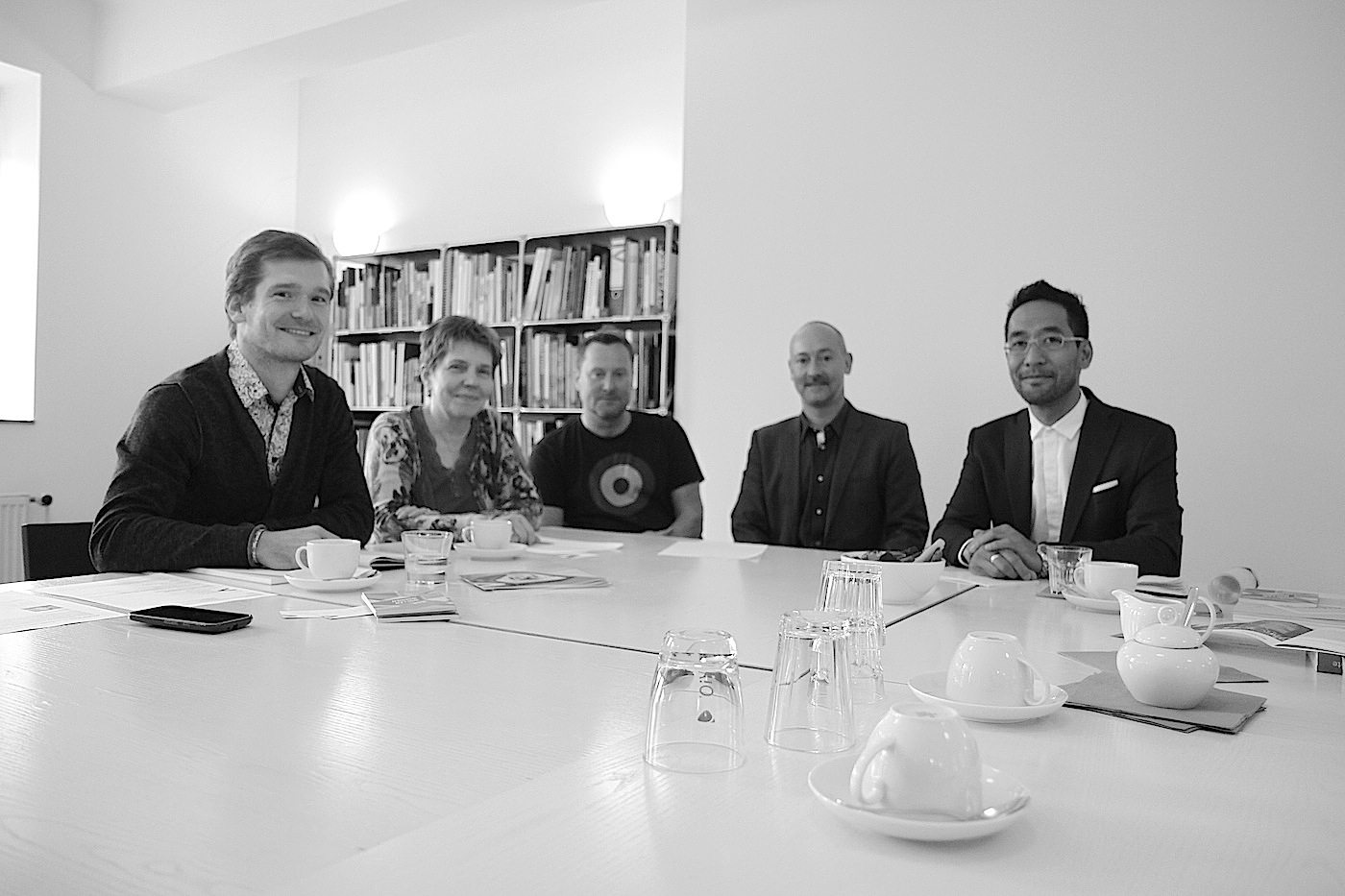
»One moment, please, I’ll connect you! «
The former telephone switchboard of the Rhine-Elba Coal Mine must have sounded like that the whole year round, before the main office and transformer building was converted into a main administration building and guest house by the architects Heinrich Böll and Hans Krabel for the IBA Emscher Park in 1989. How fitting that the business offices of the M:AI – Museum für Architektur und Ingenieurkunst NRW (Museum for Architecture and Engineering Arts NRW) – are found here, and that we should meet the responsible parties, concerned with connection and exchange, communication and cooperation.
Since 2005, the M:AI has taken on various architectural themes: from affordable housing via "The Development of the Cities on the Rhine 1910–2010+", to urban landscapes and the art of roof constructions. The exhibitions are pointed, clarifying and critical. The trick is, there is no museum here. There is no collection and no building to which architects and architecture aficionados can throng to engage in clever debates, clad in all black, in their architectural filter-bubble. In the business office in Gelsenkirchen, there are models, signs and exhibition catalogues, but primarily it is the concepts that are worked on, organised and coordinated here. The exhibitions take place as a mobile forum in buildings that have a substantive relationship to the current theme. The creators at M:AI always go one step further and invent themselves anew for each new exhibition. New theme, new location, new presentation design, new challenges. In conversation with Dr. Ursula Kleefisch-Jobst, the executive general curator, the longtime project leaders Peter Köddermann and Timo Klippstein (communications), it is clear that this method is often difficult and sometimes surprising, but never boring. We have distilled the core points into five essential questions, and we have found that nomadism is good for architecture and engineering.

THE LINK to M:AI
From left to right: Timo Klippstein (M:AI communications), M:AI curator Dr. Ursula Kleefisch-Jobst, project leader Peter Köddermann, architect Hendrik Bohle and journalist Jan Dimog, both from THE LINK
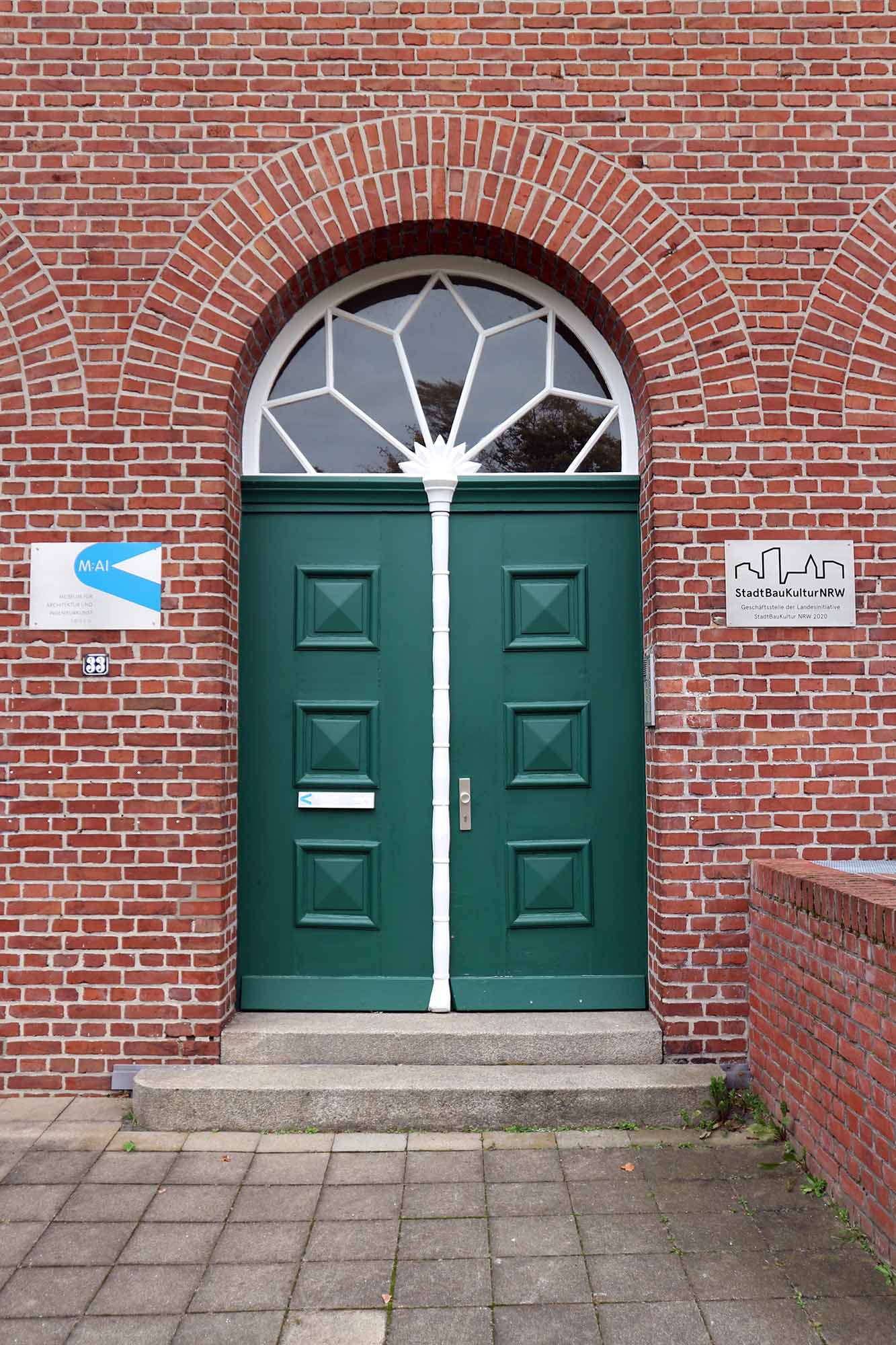
Former transformer building
and former telephone switchboard of the Rhine-Elba Coal Mine
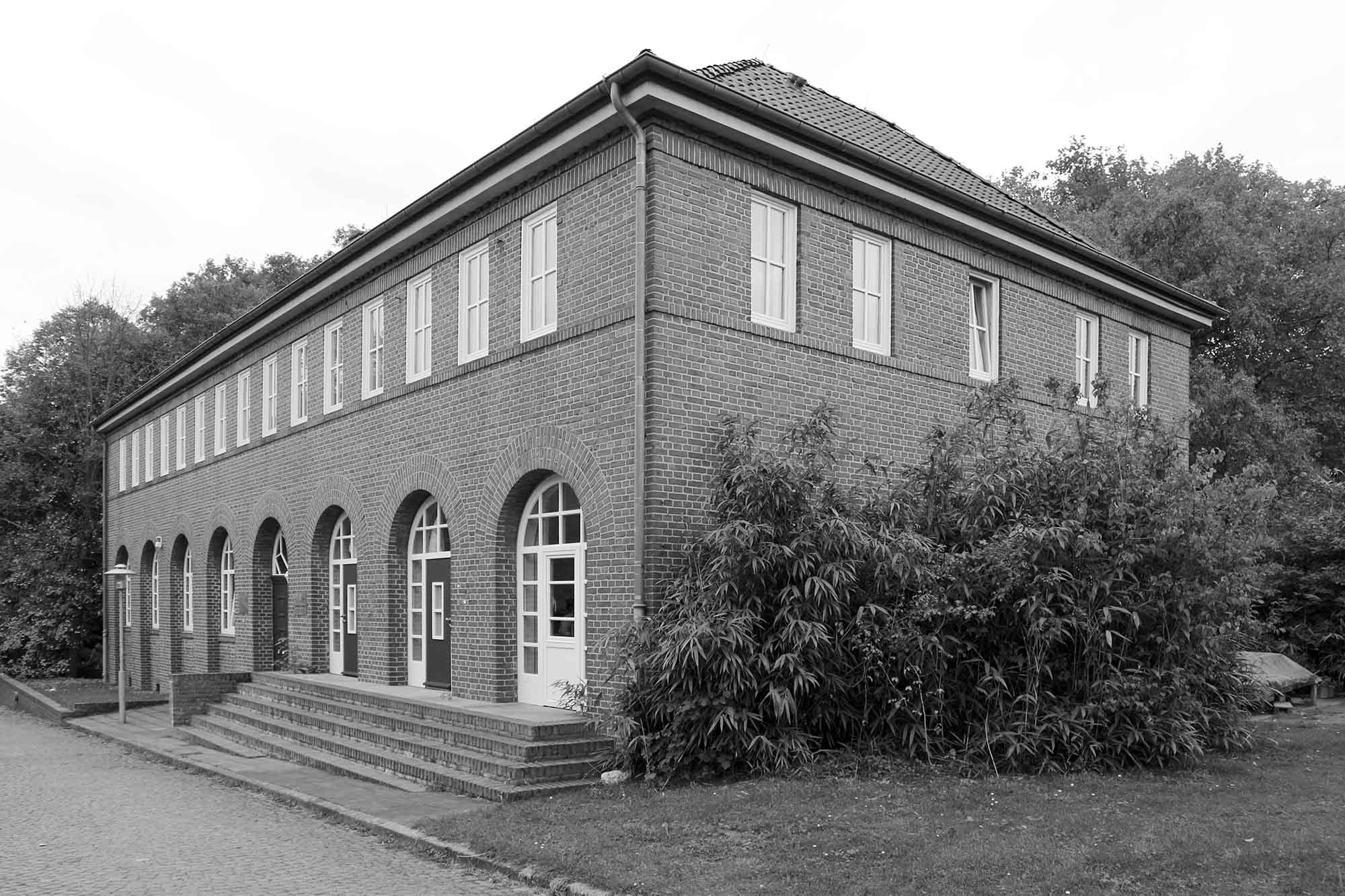
M:AI offices
Converted by the architects Heinrich Böll and Hans Krabel for the IBA Emscher Park in 1989.
»Bring architecture to where it happens.«
Dr. Ursula Kleefisch-Jobst, executive general curator of the M:AI
What is the M:AI?
The M:AI was founded in 2005 as a mobile forum for presenting architecture and engineering in North Rhine-Westphalia. The M:AI does not have a fixed exhibition space, but travels to various locations. Its work includes exhibitions, temporary events, artistic interventions and publications. The M:AI’s mobility makes it a unique concept in Germany. It travels to wherever the art of construction and engineering is found, wherever issues of urban and landscape planning are being discussed, wherever people are concerning themselves with the culture of building, and wherever the art of important master builders, engineers, urban planners and landscape architects has left its mark. Architecture can only be presented in museum spaces in a very limited way, so the M:AI wants to make buildings themselves into exhibition objects, enabling people to experience architecture with all their senses. The M:AI also wants to increase the public’s awareness of our built environment and their ability to judge it. The M:AI initially dealt with the landscape of building culture in North Rhine-Westphalia, focusing its exhibitions, presentations and discussion forums on that state’s architecture so as to raise the state’s profile beyond its boundaries and to present it as a location. Issues around building culture are however also always considered and analysed in a national and an international context.
Can I visit the M:AI?
It’s true that M:AI doesn’t have any exhibition spaces or a gallery of its own. But as a mobile museum on the move, it is "always on-site, never at the same site", per its own description. Architecture and engineering in a museum space can be shown via photos, films, drawings, models and plans, but seldom can it be physically experienced. "We are interested in how one can make architecture experienced", Ködderman explains. "Our approach makes us unique in the world."
Starting from there, M:AI goes to buildings and places that relate to its themes, and where the current theme plays an important role. If a person does not come to the exhibition, the exhibition comes to the person. Building and space become the exhibit. You can definitely visit these exhibitions.
Who goes to a mobile museum?
Museums are finding themselves in a time of upheaval. Are new media important? Does an exhibition space need an Instagram account rather than a website? How do I reach another target audience besides the usual art-and-culture crowd? These are questions and considerations that repeatedly occupy the people at M:AI. They could create a fuss for every theme and exhibition space, but they refuse to do so.
"We stay away from an event character", says Kleefisch-Jobst. Ködderman adds: "It is more important to attract those people who would never go to a museum, to draw them into the themes."
Naturally, specialists also come in droves, from architecture, engineering and planning. But when young people, students and amateurs come – those whom one can introduce to architecture – a great deal is gained. Because architecture, too, should communicate itself more frequently and publicly.
Does architecture work as an excursion?
To a certain extent, the M:AI functions as a "normal" museum. They start with ideas that are researched and that become themes. For this, they need partners. These include North Rhine-Westphalia's Ministry for Building, Living, City Development and Transportation, the NRW Chamber of Architects, the Association of German Architects and other institutes, associations and organisations. After the exhibition theme is decided, the unusual work begins: they must coordinate with the present location and clarify many questions. Is there space for the exhibit? What permissions are necessary? How is the security, and where are the escape routes? Köddermann admits: "There are sometimes extreme challenges." Yet Kleefisch-Jobst recalls one of the M:AI mottoes: "To bring architecture to where it happens."
What exhibitions has the M:AI shown?
The large portfolio of former exhibitions shows that the concept of a mobile museum has become accepted. The creators are active even beyond the borders of North Rhine-Westphalia and show exhibitions in all of Germany and Europe – wherever the themes of the exhibition are relevant. The selection is as diverse as the architecture and building style. An overview shows the recently launched online archive that is divided into five areas: architecture, engineering, urban landscape, art and an overview of the yearly programme. The archive is a digital home, rich in images, for the excursion of architecture, and the ideal complement to the former telephone switchboard in Gelsenkirchen.
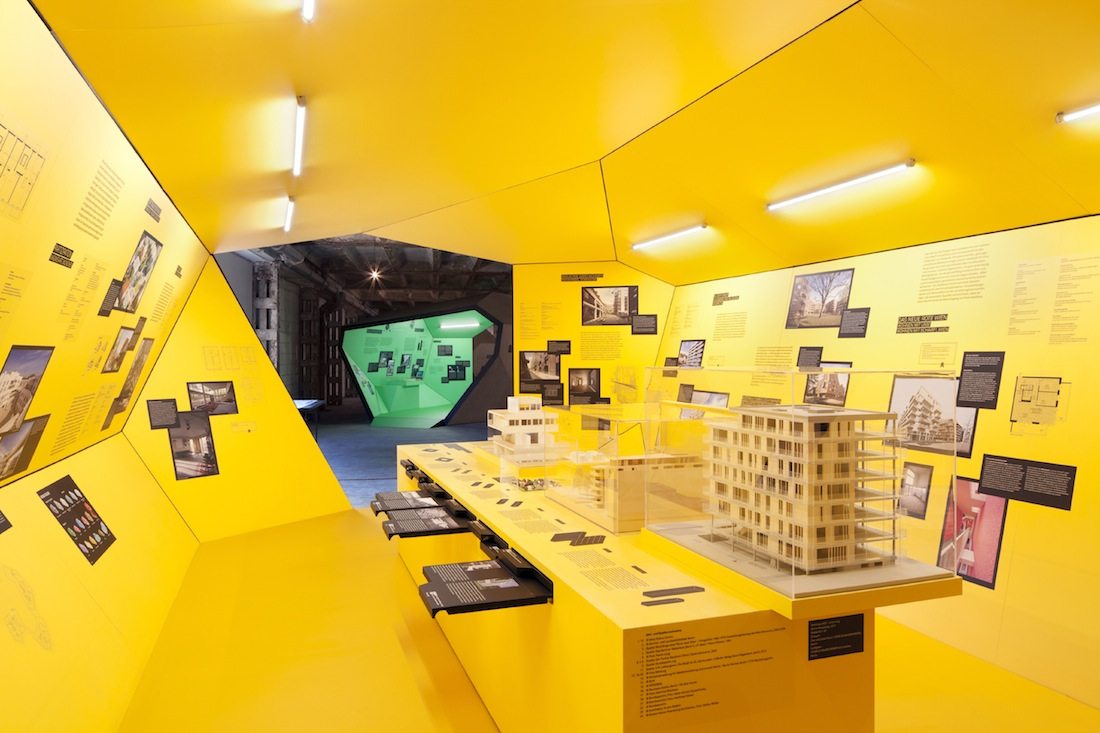
Alle wollen wohnen
The Museum für Architektur und Ingenieurkunst NRW (Museum for Architecture and Engineering Arts NRW) presented the exhibition ...
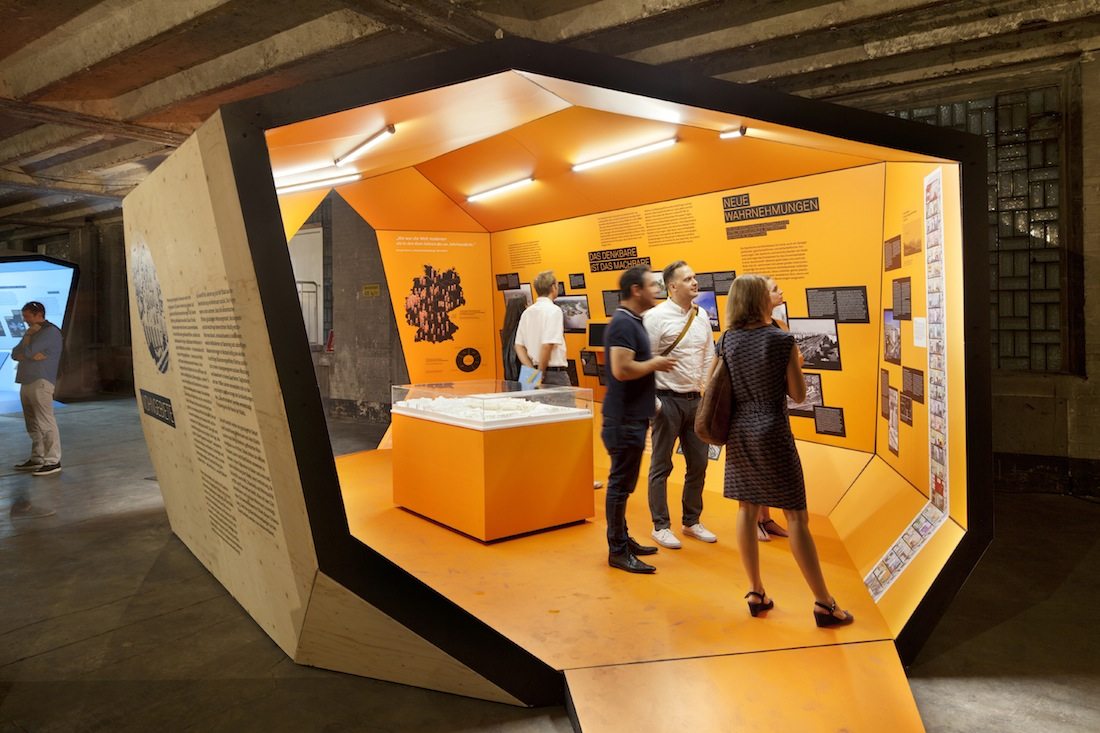
Alle wollen wohnen
... "Everyone wants housing. Fair. Social. Affordable" ...
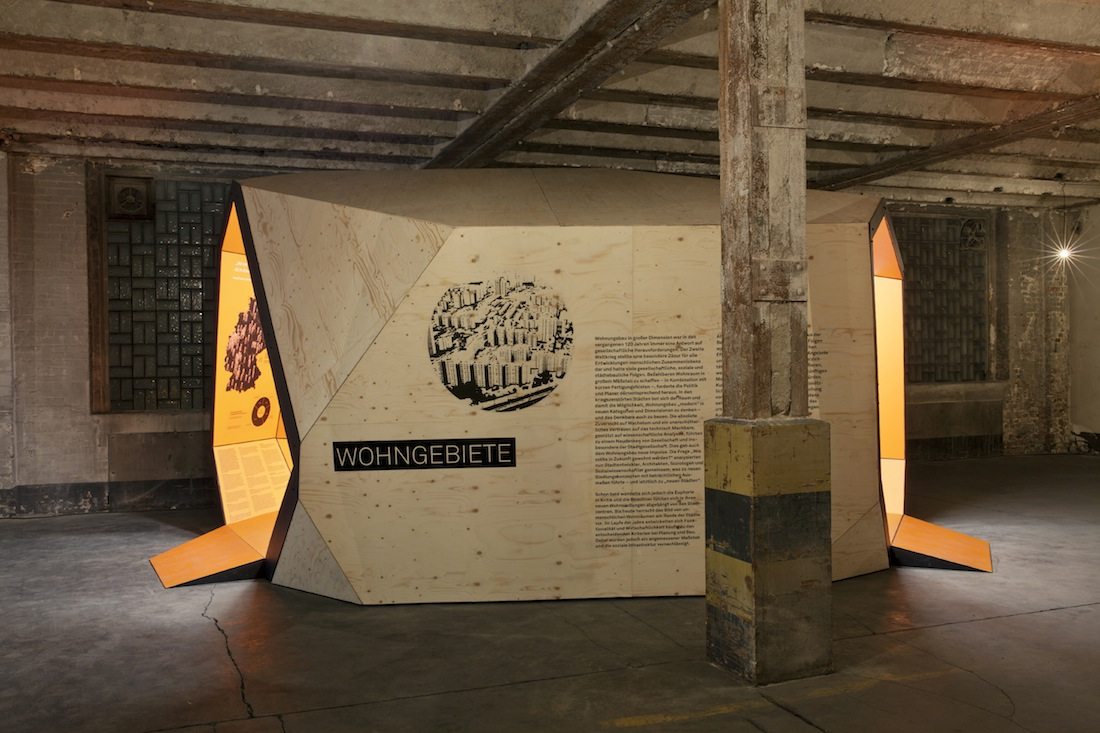
Alle wollen wohnen
... from 14 Sep.–30 Okt. 2016 at the Clouth area in Cologne.
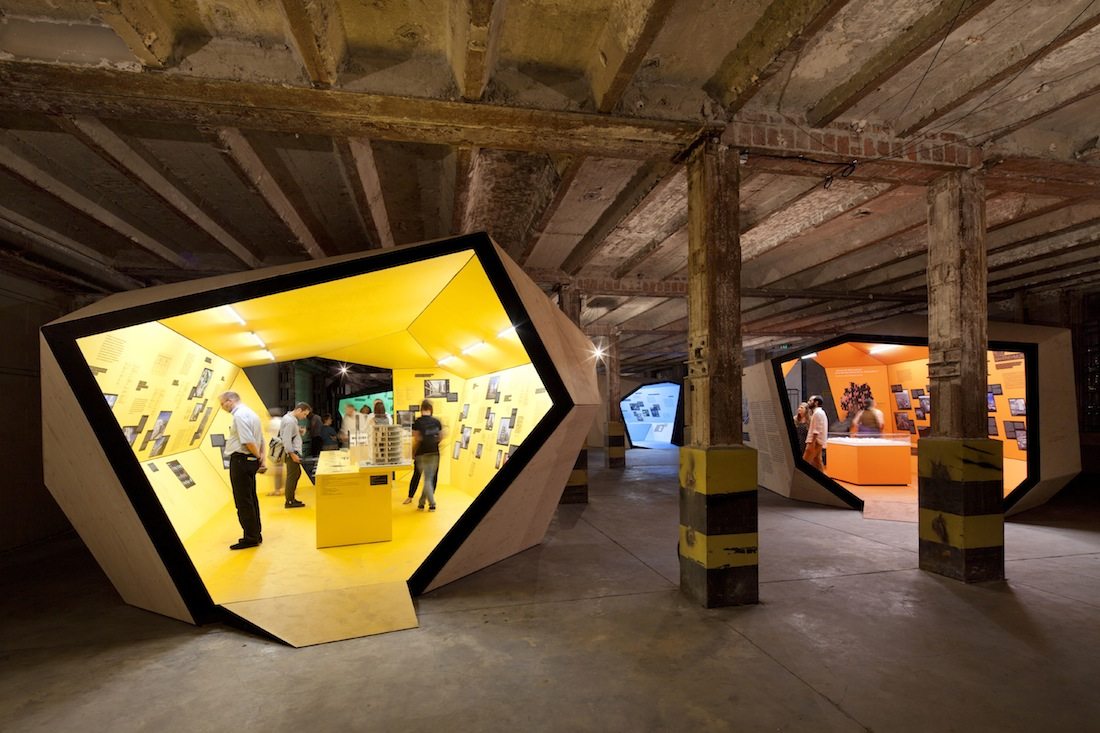
Alle wollen wohnen
There is a lack of affordable housing especially in major cities.
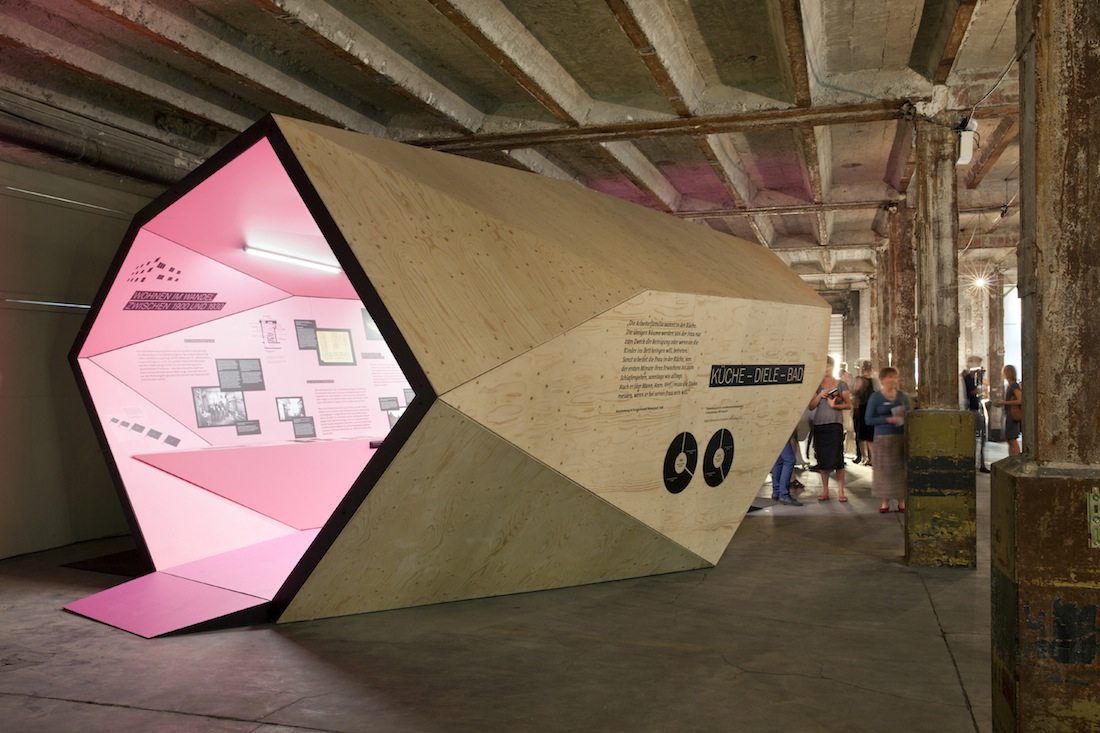
Alle wollen wohnen
Social changes and a variety of new life models and ...
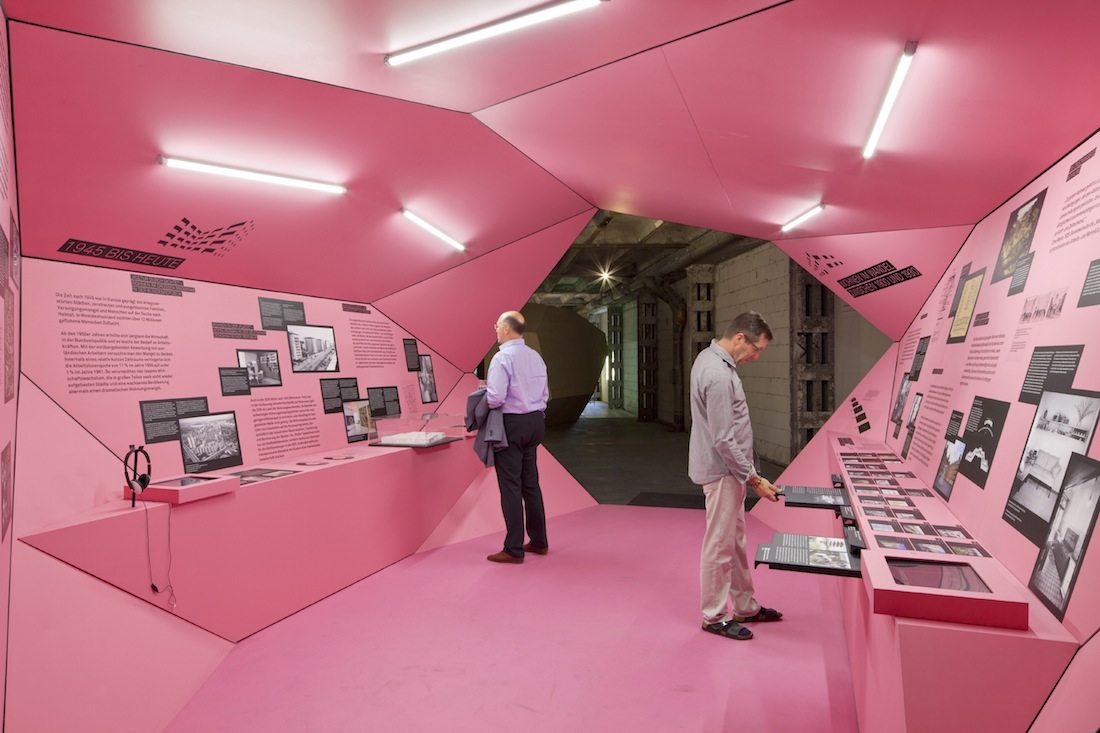
Alle wollen wohnen
... lifestyles influence requirements and expectations regarding modern-day housing.
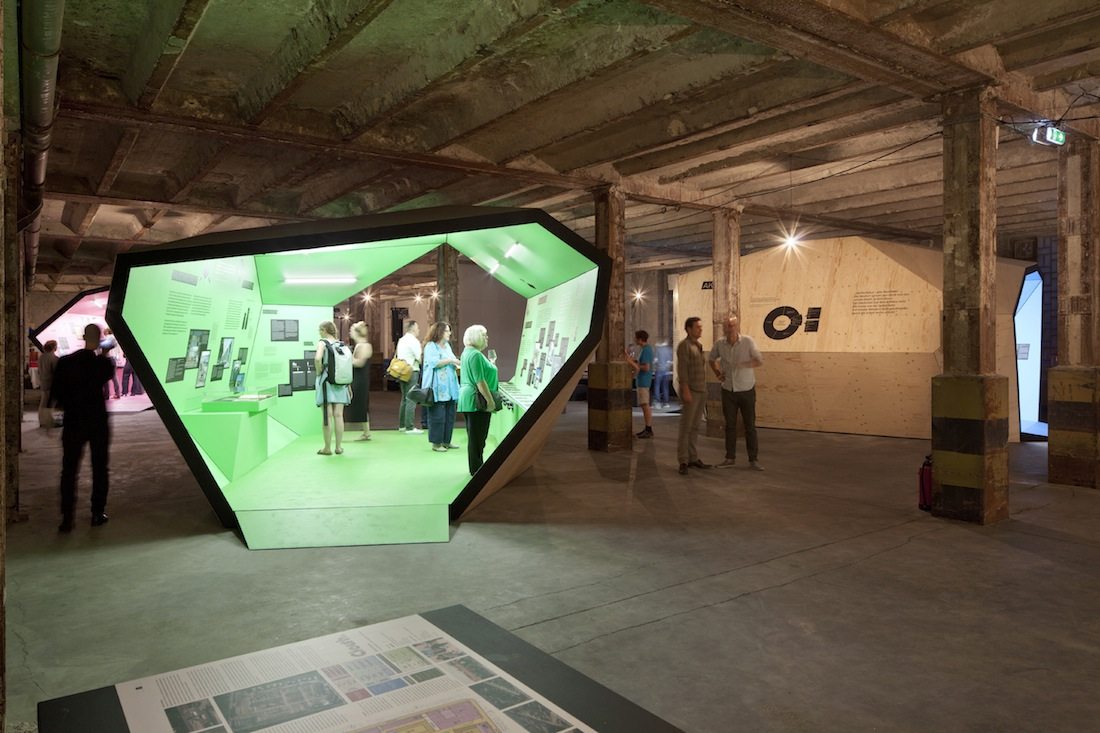
Alle wollen wohnen
The exhibition offered a comprehensive overview of the topic: from the significant models of the 1920s to the contemporary situation and current concepts.
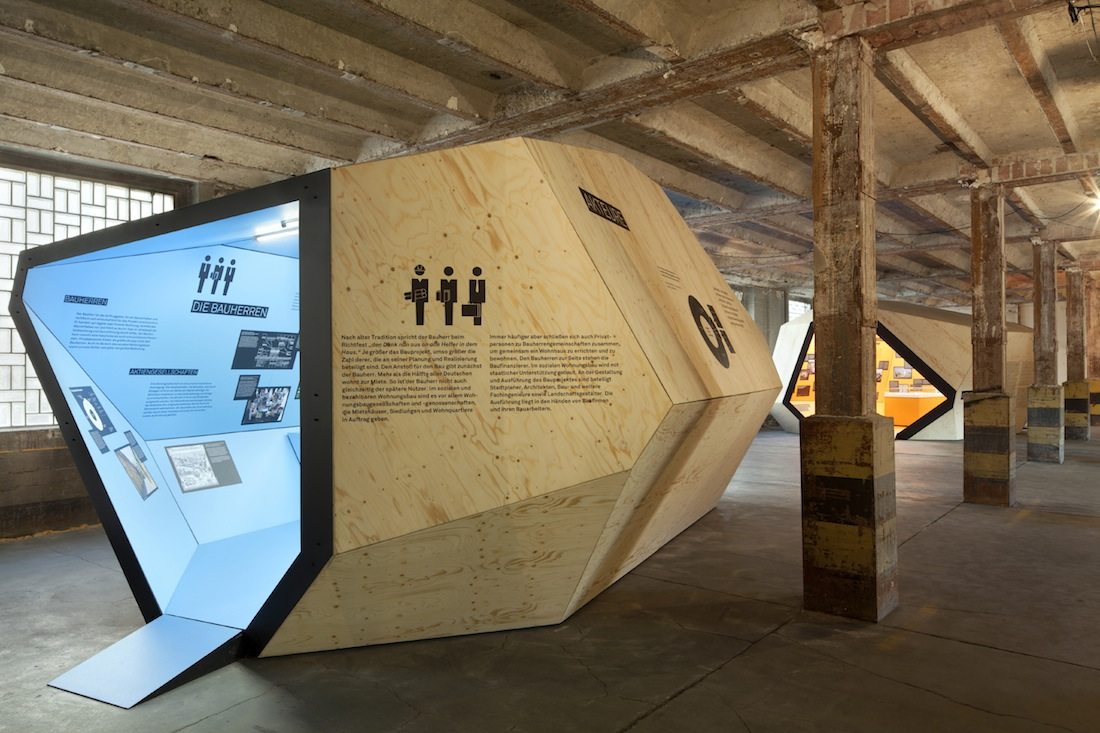
Alle wollen wohnen
Architectural and urban development aspects are a focal point, as well as legal framework conditions, subsidy measures, building standards, and the parties involved in the building process.
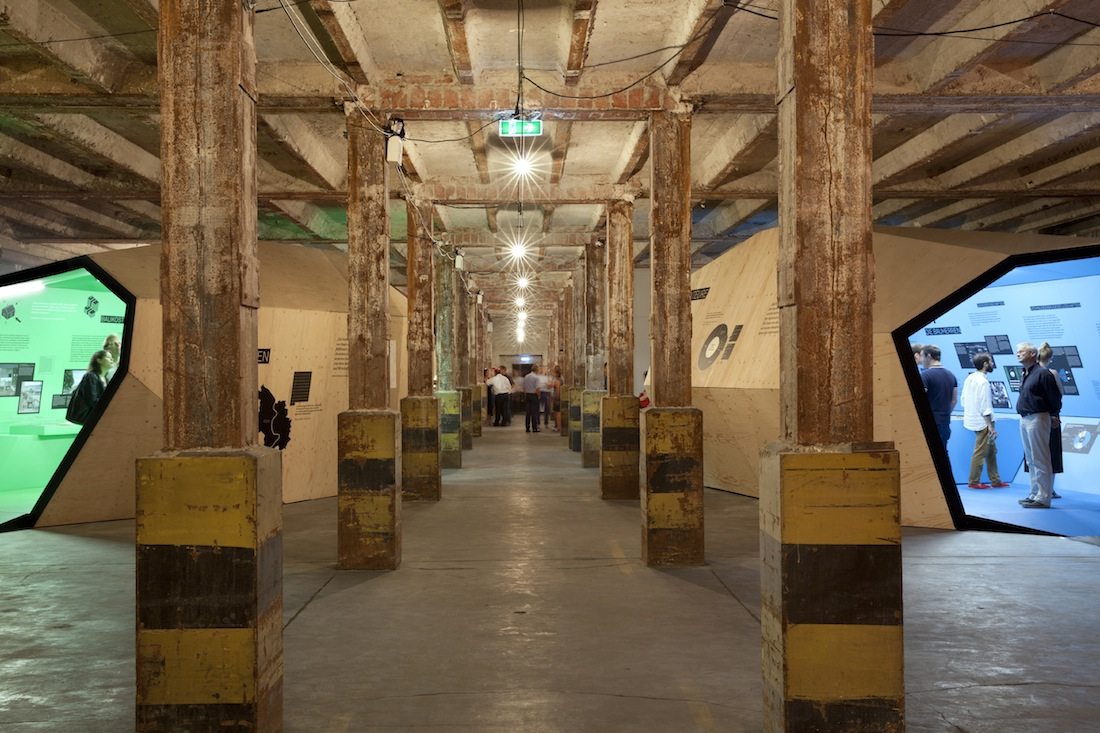
Alle wollen wohnen
Expert contributions and essays extend and deepen individual issues and illuminate the topic of housing from various points of view, a solution to which is so decisive for the social cohesion of our society.
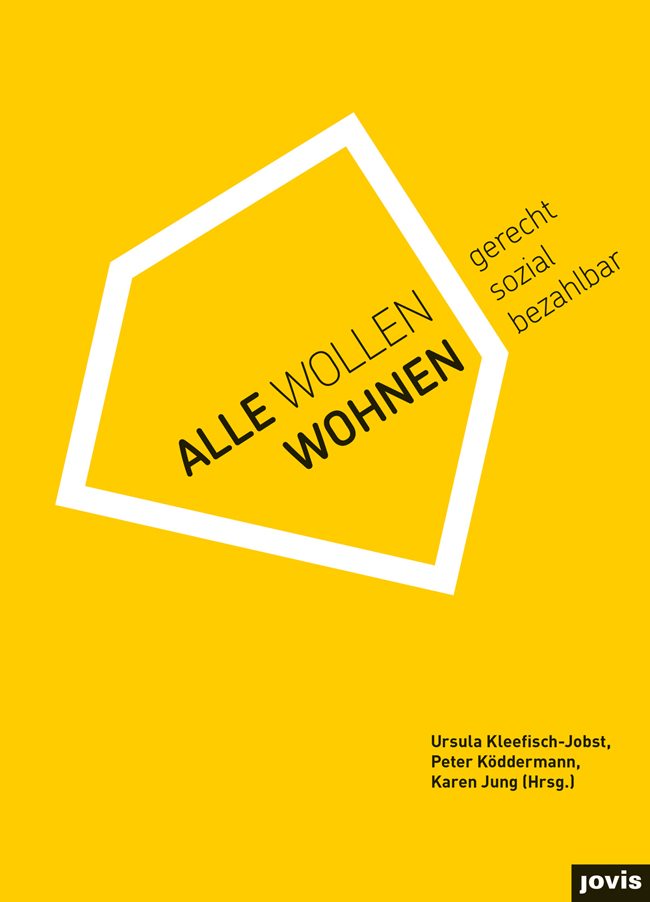
Alle wollen wohnen
Released by Berlin-based Jovis Verlag

Architektur im Aufbruch in den 1960ern
The exhibition was shown at the Liebfrauenkirche Duisburg.

Architektur im Aufbruch in den 1960ern
It was also presented at the Ruhr-Universität Bochum, and the Neues Rathaus, Cologne

Architektur im Aufbruch in den 1960ern
An exhibition about the architecture of the 1960s
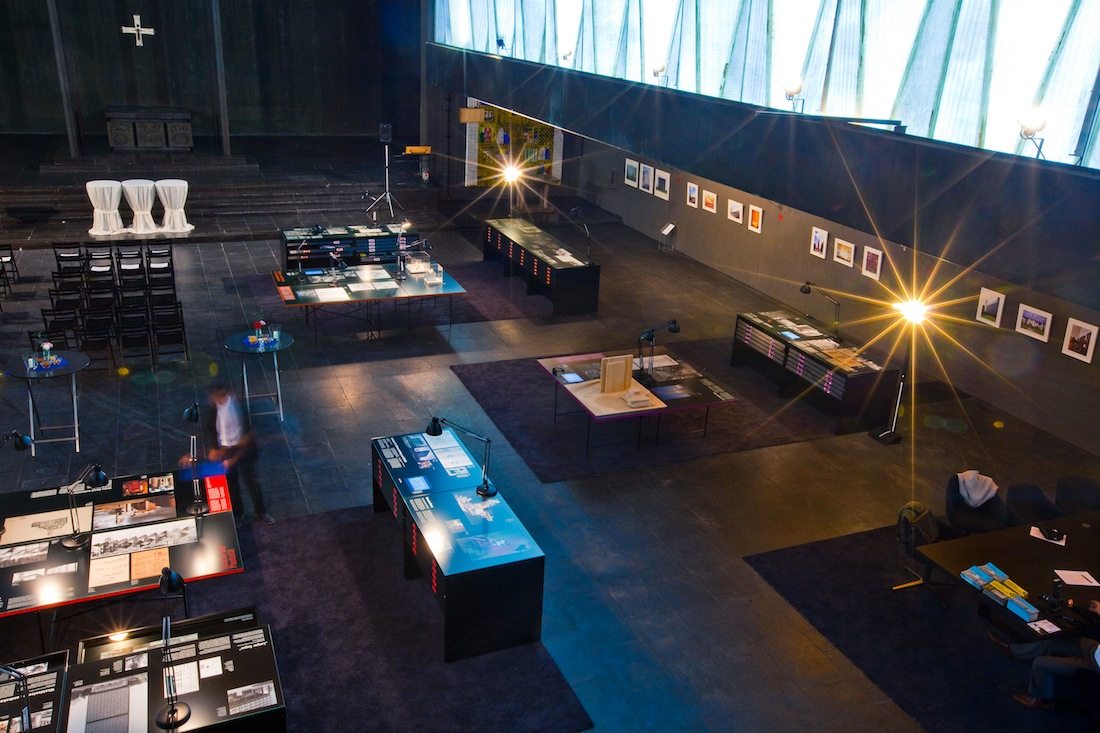
Architektur im Aufbruch in den 1960ern
Its influence and impact
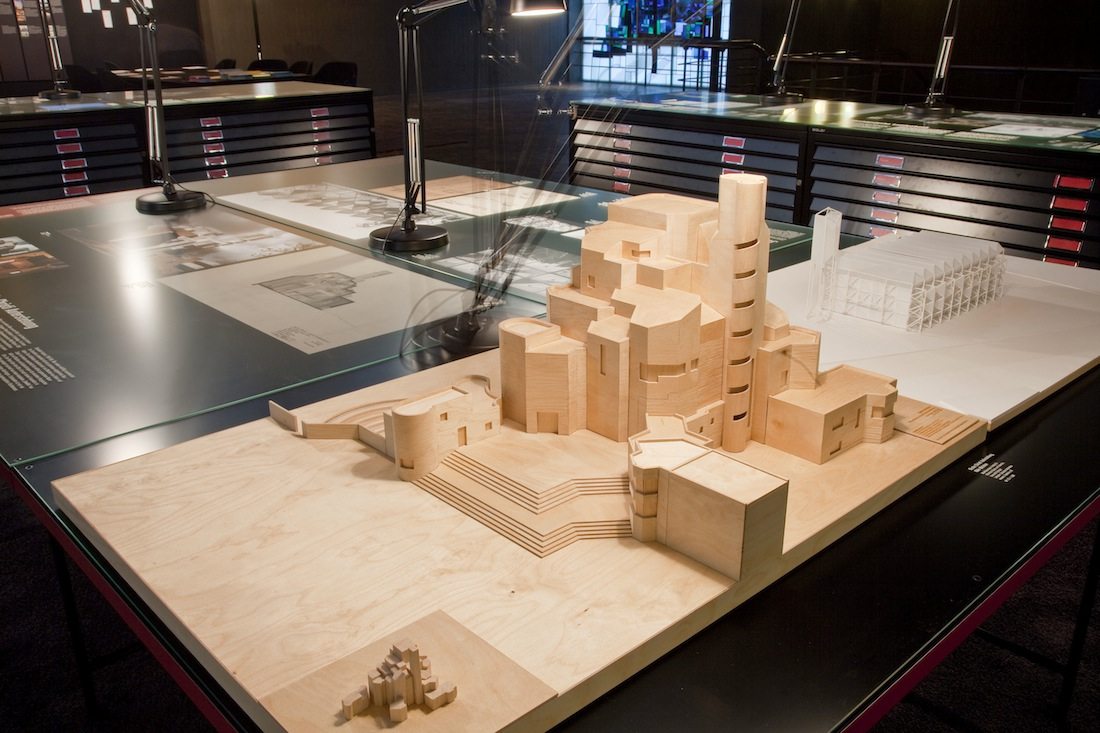
Architektur im Aufbruch in den 1960ern
The model of the Christi Auferstehungskirche in Cologne by Gottfried Böhm, completed in 1970

Dynamik und Wandel. Die Entwicklung der Städte am Rhein 1910-2010+
M:AI presented the dynamics and transition of the cities ...

Dynamik und Wandel. Die Entwicklung der Städte am Rhein 1910-2010+
Bonn, Cologne, Leverkusen, Dusseldorf, Neuss and Duisburg between 1910 und the 2010s.

Dynamik und Wandel. Die Entwicklung der Städte am Rhein 1910-2010+
Exhibition design by jangled nerves, Stuttgart, who were also responsible for "Architektur im Aufbruch"

Dynamik und Wandel. Die Entwicklung der Städte am Rhein 1910-2010+
The exhibition was presented at the Rheinforum, Cologne and ...

Dynamik und Wandel. Die Entwicklung der Städte am Rhein 1910-2010+
... at the Landtag (state parliament) in Dusseldorf, and the Liebfrauenkirche in Duisburg.

Paul Schneider von Esleben – Das Erbe der Nachkriegsmoderne
In 2015 the 100th birthday of renowned architect Paul Schneider von Esleben (1915–2005) was celebrated with ...

Paul Schneider von Esleben – Das Erbe der Nachkriegsmoderne
... the exhibition on his work and legacy, especially in North Rhine-Westphalia.

Paul Schneider von Esleben – Das Erbe der Nachkriegsmoderne
M:AI presented the exhibition at Mannesmann tower in Dusseldorf from 23 Aug.– 25 Sep 2015 and also at the Sparkasse, Wuppertal and at the HafenCity University in Hamburg
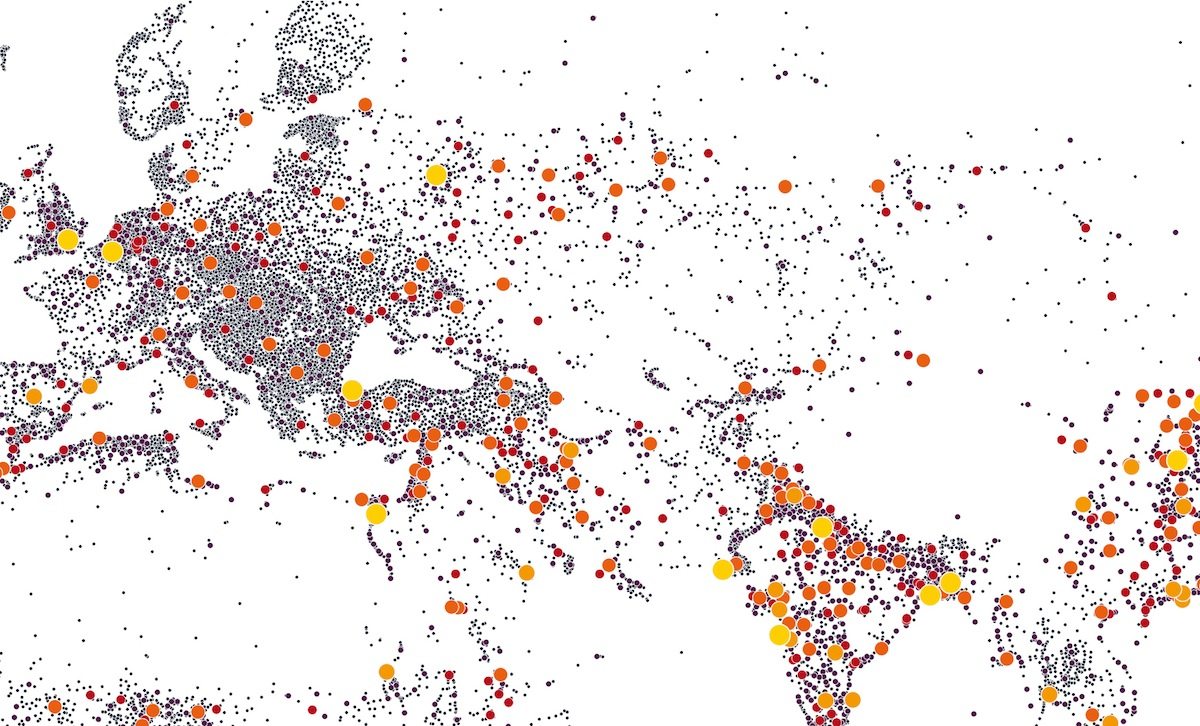
Planetary Urbanism + Learning City Gelsenkirchen
The exhibition from 24. Nov.–16. Dec. 2017 presents a selection of outstanding entries from the competition Planetary Urbanism: Critique of the Present
»We are interested in how one can make architecture experienced.«
Peter Köddermann, M:AI project leader
M:AI
Museum für Architektur und Ingenieurkunst NRW (Museum for Architecture and Engineering Arts NRW). Office address: Leithestraße 33, 45886 Gelsenkirchen
Planetary Urbanism + Learning City Gelsenkirchen
Exhibition from 24. Nov.–16. Dec. 2017. It presents a selection of outstanding entries from the competition Planetary Urbanism: Critique of the Present, hosted by ARCH+ with the support of the Federal Foreign Office, Germany. Task and content of the exhibition: Urban environments will become the main organisational form for almost all human societies, where almost all the future issues of humanity will be decided. The unstoppable progress of global urbanisation however raises more questions than we can currently answer. Address: Wissenschaftspark Gelsenkirchen, Mundscheidstraße 14, 45886 Gelsenkirchen.
Visionäre und Alltagshelden. Ingenieure – Bauen – Zukunft.
Exhibition 10. Nov. 2017 – 14. Jan. 2018 at the Oskar von Miller Forum. Address: Oskar-von-Miller-Ring 25, 80333 München.
Alle wollen wohnen – Gerecht. Sozial. Bezahlbar
By Ursula Kleefisch-Jobst, Peter Köddermann, Karen Jung (eds.). Released by Jovis Verlag. Hardcover 18.5 x 26 cm, 248 pages, approx. 190 col. and b/w. German. ISBN 978-3-86859-474-4